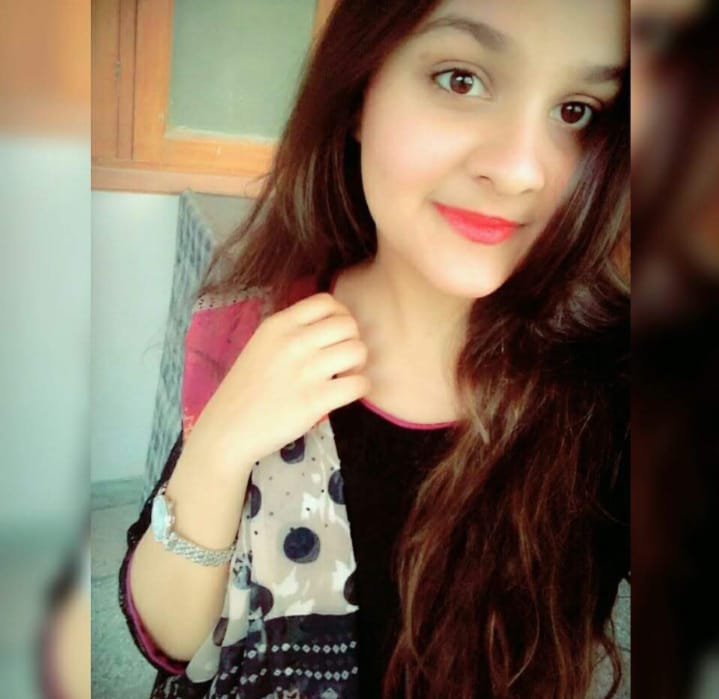
The annual tradition to replace the Kiswa, the cloth covering the Holy Ka’aba, was held at the Grand Mosque of Makkah on Sunday night.
The staff of the General Presidency for the Affairs of the Grand Mosque and the Prophet Mosque changed the Kiswa ahead of Hajj 2021.
The chosen team for the Kiswa of the Holy Ka’aba took down the old cloth and then put a new one in place.
The Ka’aba cloth is made of 670 kg of high-quality silk, 120 kg of gold threads, and 100 kg of silver threads, Deputy Head of the General Presidency for the Grand Mosque Affairs Dr Saad bin Mohammad Al Mohammed said in a statement.
The Kiswa is changed on 9th Zilhaj every year on the day of Arafat.
The process of replacing the Kiswah (covering) of the Ka'bah. #Hajj 2021 pic.twitter.com/F3KYHeGmbY
— 𝗛𝗮𝗿𝗮𝗺𝗮𝗶𝗻 (@HaramainInfo) July 19, 2021
Kiswa History
Since the time of The Prophet Ismael (PBUH), one of the most important aspects of respecting the Holy Kaaba has been the Kiswa. Most stories indicate that the first person to cover the Kaaba was the King of Yemen, Tubba Abu Karab of Himyar.
Tubba’s successors considered the Kaaba’s cover to be a religious duty. When the Kiswa became worn out or damaged, it was replaced and the old one was cut into small pieces and buried.
According to historians Historians specialized in the Kaaba’s history mention in some accounts that Al-Humairi covered the Kaaba with a thick cloth called khasf and later with Maafir, which is originally named after an ancient city in Yemen where Maafir cloth was made.
He then covered it with milaa, a soft, thin one-piece cloth known as rabitah. After that, he covered the Kaaba with wasael, a red-striped Yemeni cloth.
The Prophet Muhammad (P.B.U.H) covered it with white-and-red striped Yemeni cloth, and Abu Bakr Al-Siddiq, Umar ibn Al-Khattab, and Uthman ibn Affan covered it with white. Ibn Al-Zubayr covered it with red brocade.
During the Abbasid era, it was draped once with white and once in red, while the Seljuk Sultan covered it with yellow brocade.
The Abbasid Caliph Al-Nassir changed the Kiswa’s color to green and later to black brocade, and this has remained its color to the present day.
Dr. Fawaz Al-Dahas, director of the Center of Makkah History, told:
“The Kaaba was covered once in white, once in red, and once in black, and the choice of color was based on the financial means in every era.”
“The Kiswa used to get changed from time to time whenever the fabric was available. This has been the case in the eras of the Rashidun Caliphate, the Umayyads, and the Abbasids,”
Why Kiswa is Black in Color?
Black was finally chosen at the end of the Abbasid era because it was durable and could withstand being touched by visitors, pilgrims, and people from different cultures from around the world.
With the continuation of the Umrah season, Al-Dahas said that the Kiswa was lifted to the middle of the Kaaba to preserve it and to prevent people from touching it.
Amazing Facts About Kiswa
- It is made of 670 kg of black silk.
- An estimated 220 kg of gold and silver thread is needed to embroider its Quranic verses.
- It covers 658 sqm.
- It currently takes 137 workers around 8 months to create the Kiswa. More sophisticated machinery is speeding up the embroidery process.
- Cost estimates vary, but it is valued at around 22 million SAR, around 6 million USD.
Read More News On
Catch all the International News, Breaking News Event and Latest News Updates on The BOL News
Download The BOL News App to get the Daily News Update & Follow us on Google News.




